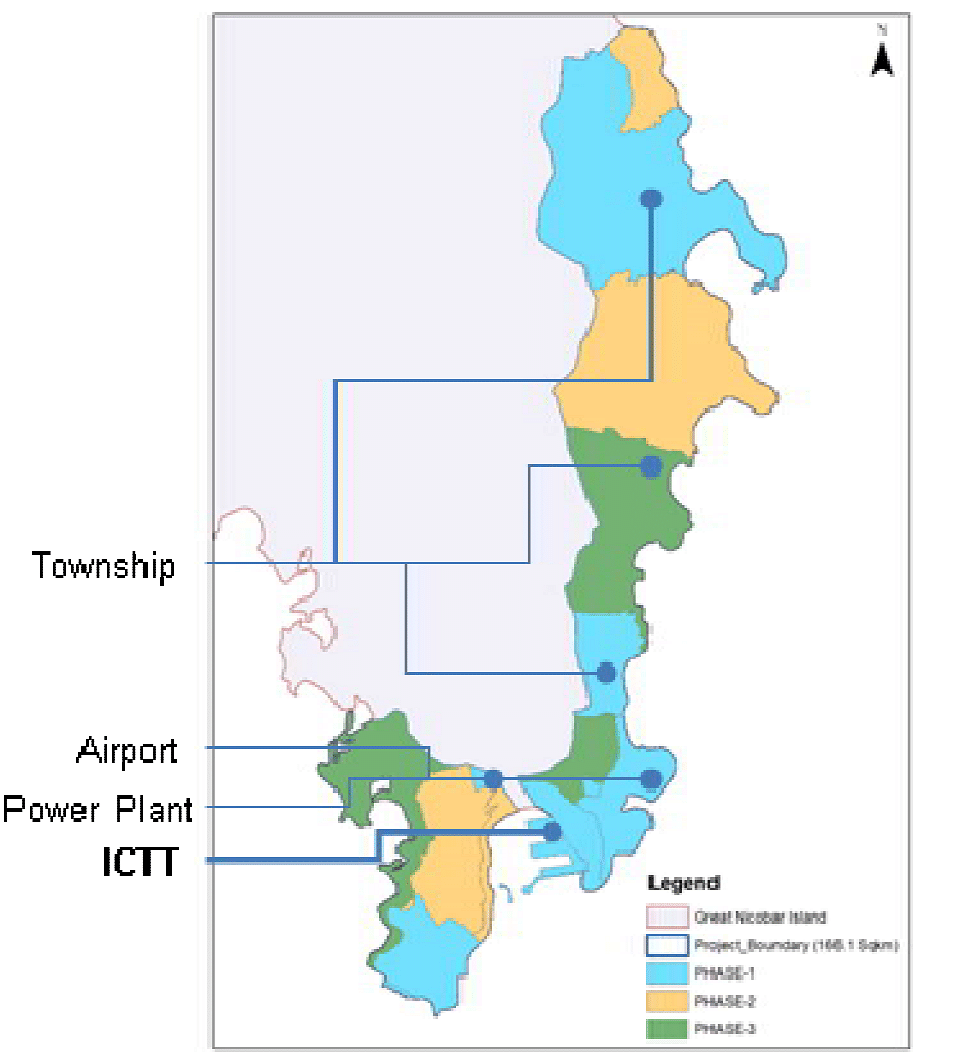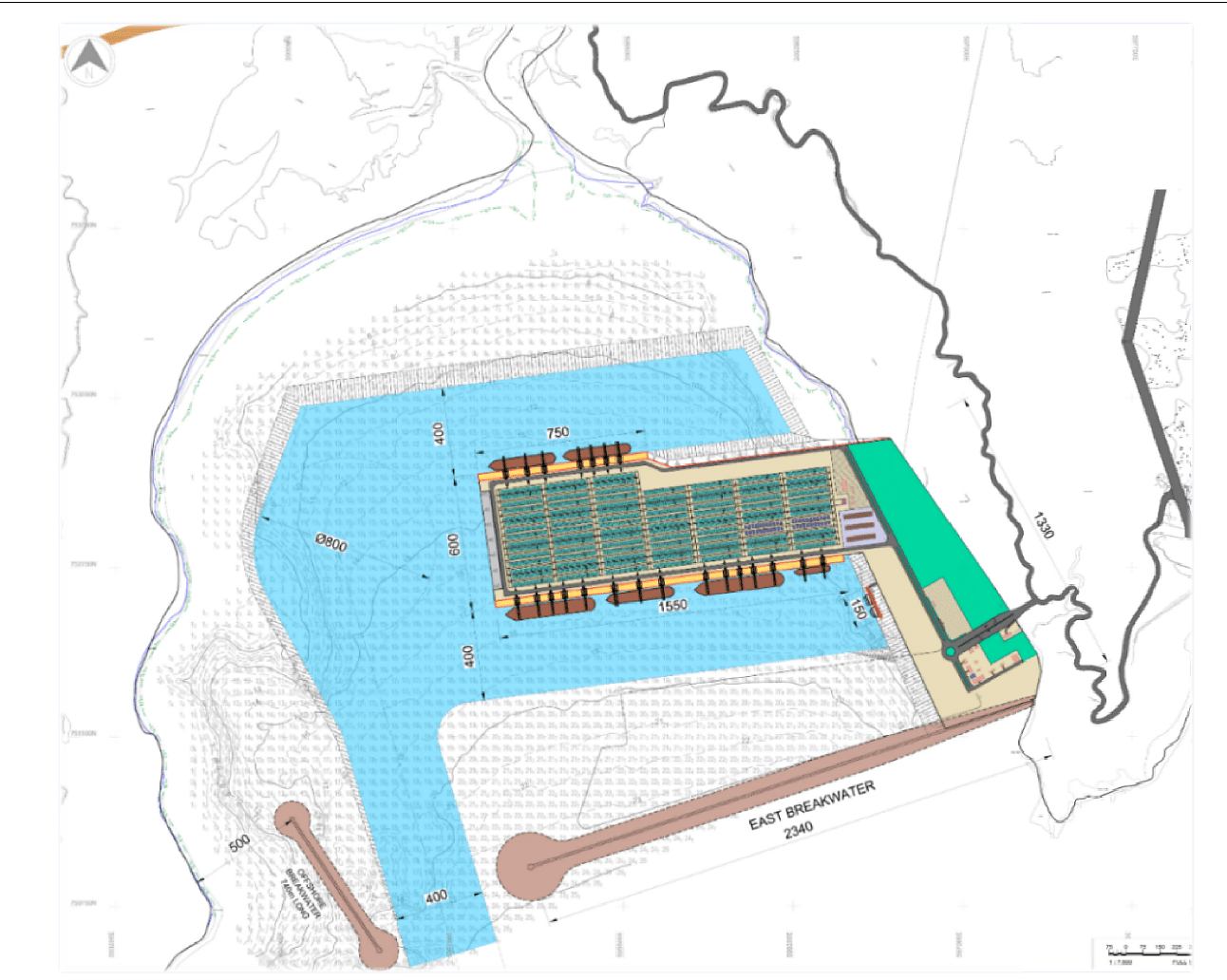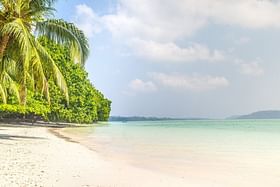As many as nine players have submitted Expression of Interest (EoI) for the international container transshipment port (ICTP) project at Great Nicobar Island, in the Bay of Bengal, as reported by ET Infra.
Earlier in January 2023, the Ministry of Ports, Shipping and Waterways had invited EoI from interested parties to develop first phase of ICTP project.
Development of a greenfield port is part of the Island Development programme which envisages holistic development of the Great Nicobar Island.
As part of this, four projects namely, a port, greenfield international airport, township and a power plant are stated to come up in the southernmost island of India.
The proposed port will come at Galathea Bay in Great Nicobar Island of the Union Territory of Andaman and Nicobar Islands.

The environmental clearance for all these projects has been accorded.
Phase-Wise Expansion
The Port facilities are proposed to be developed in four phases between 2028 and 2058 and would handle 16 million containers per year, in the ultimate stage of development.
The first phase, upon completion in 2028, will handle 4 million containers per year. The estimated cost for the first phase of the port is Rs 18,000 crore.

Global-level infrastructure such as breakwaters, 400 m wide navigational channel, container yard, container berth, container handling equipment, two liquid cargo berths to support bunkering operations and ship repair facilities are some of the key facilities to be developed as part of the first phase of ICTP project.
Landlord Mode
Syama Prasad Mookerjee Port, Kolkata (SMPK) is the nodal agency for undertaking development of proposed port project in landlord mode.
In this model, the publicly governed port authority acts as a regulatory body and as a landlord, while private companies carry out port operation — mainly cargo-handling activities.
Here, the port authority maintains ownership of the port, while the infrastructure is leased to private firms that provide and maintain their own superstructure and install their own equipment to handle cargo. In return, the landlord port gets a share of the revenue from the private entity.
According to the EoI, the Port Authority will provide the basic infrastructure and 125 hectares of reclaimed land for development of the container yard and other infrastructure facilities.
On the other hand, the chosen Concessionaire will design, finance, construct, operate and maintain the container handling facilities envisaged in Phase-I under a long-term concession agreement of 30-50 years.
The Concessionaire shall have the flexibility to develop storage area and handling equipment based on their market assessment subject to the minimum guaranteed traffic. It will be responsible for the provision of port services and shall have the rights to levy, collect and retain charges from port users.


